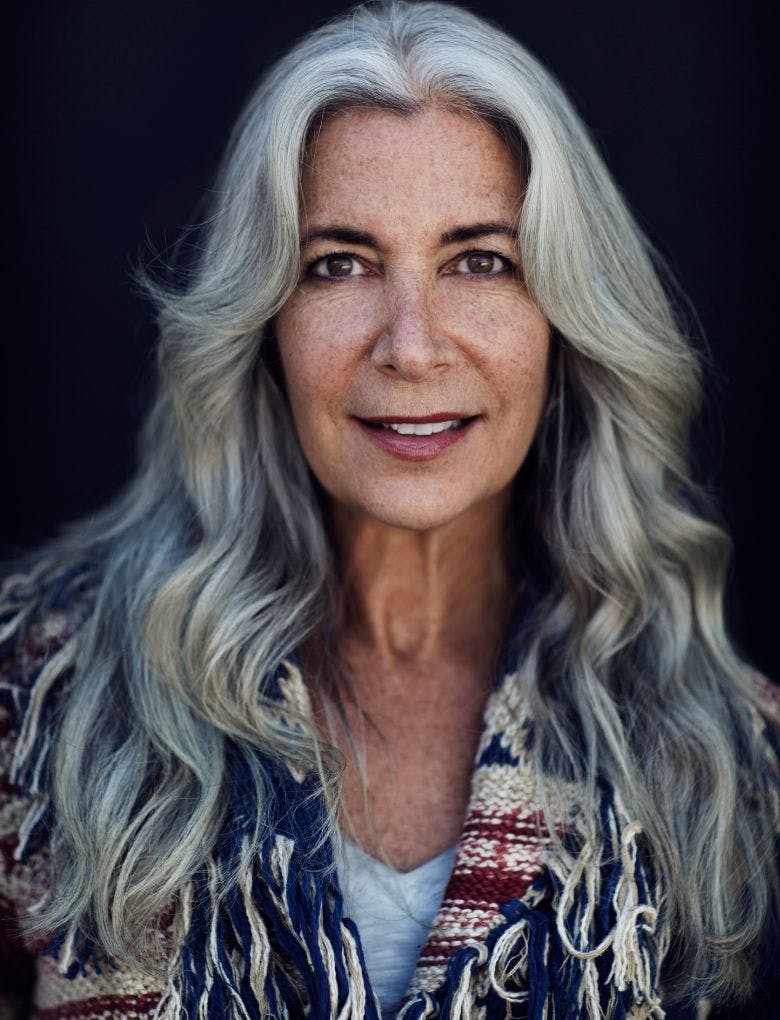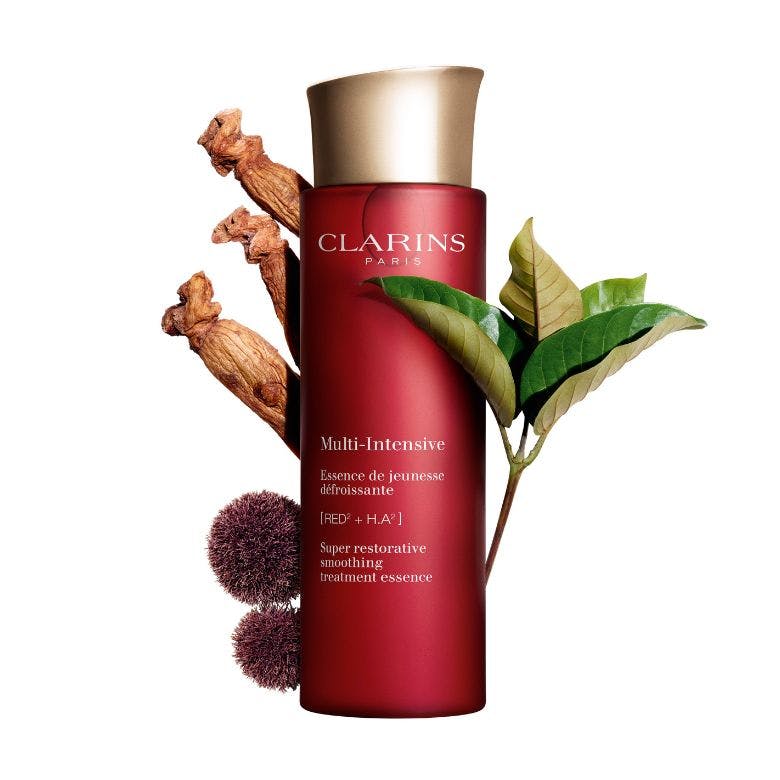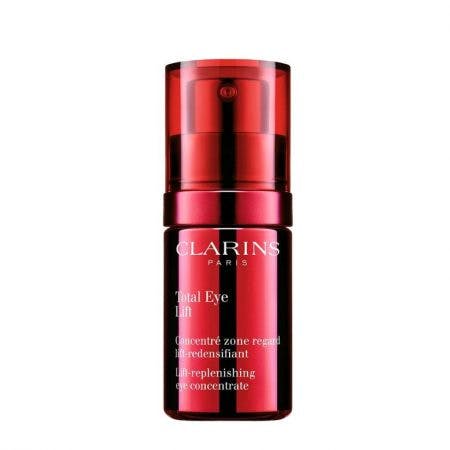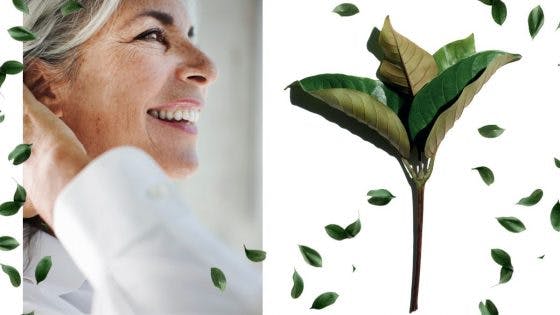Do Plant-Based Retinol Alternatives Really Work? Experts Weigh In
5 minutes read
When it comes to skincare, nothing reigns higher than retinol. But what if it’s too strong for you or you are pregnant? What retinol alternative can you use?
Beauty Daily searches for the best retinol alternatives so you can benefit from the best anti-ageing active ingredient.
What is retinol?
Before we discuss the multiple skincare benefits of retinol, let’s talk about the retinoid family. Some get confused with retinoid and retinol but there’s not much of a difference between these two pro-ageing ingredients. Retinol is a type of retinoid, and they are a family of compounds derived from vitamin A.
The most used one is retinol. It works similarly to prescription retinoids but contains a lower amount of retinoic acid.
“There are different types of retinoids. So, you’ve got strong ones called retinoic acids and they’re available in the UK only by prescription. Retinaldehyde has quite a high irritation level, but it works very quickly in terms of cell renewal. There are various other versions, but retinol is by far the most common, and it’s also the most widely available,” Charlotte McHale, Clarins Training Manager, explains.
Retinol can be helpful when treating lip wrinkles, crows feet and other fine lines and wrinkles.

How does retinol work?
“Retinol is a vitamin A derivative, and it works in a few different ways in the skin. It increases the production of collagen, which results in reducing fine lines and wrinkles; it smooths and even skin’s complexion and improves saggy skin.” Dr Anastasia Therianou MD, PhD, London-based NHS consultant dermatologist tells Beauty Daily.
She adds: “Retinol also stimulates the production of new blood vessels in the skin, which improves skin colour. However, it will take time to see the effects of retinol, especially on the fine lines and wrinkles.”
As we age, the collagen and elastin fibres become thinner and looser, making our skin less elastic, eventually causing wrinkling and sagging.
In our twenties, the skin’s exfoliation process decreases by 28%. This means our dead skin cells stick together for longer periods of time.
The result? The skin looks more frail and thin, which leads to wrinkles, hyperpigmentation and other types of visible skin damage. But retinol can help mitigate those issues in many ways.
Retinol stimulates rapid cell turnover and works deep in the skin’s dermis layer to stimulate collagen and elastin production. As a result, it thickens the subcutaneous layer (the deepest layer of the skin), where wrinkles originate – thus making it a go-to pro-ageing ingredient.
It strengthens the epidermis and reduces the amount of water that naturally evaporates from the skin, leaving it moist and hydrated. It also keeps dry skin at bay, which prevents wrinkle formation. Finally, it blocks several inflammatory pathways that exacerbate pimples and acne.
Plus, it can help treat wrinkles above the lip or fine lines and crows feet with a dedicated eye product.
What percentage of retinol is best?
Experts say that the higher the concentration, the stronger the skin will respond with visible shedding and redness. It is important to note that this is precisely the reaction we want for optimal results. However, skin with previous retinol experience should always start low (with 0.3%) and increase the level (to 0.5% and then 1%) with each bottle.
The reason being, McHale explains, “to build some resistance to the active ingredient moving toward higher doses. Use it twice a week, then build up.”
When should you start using retinol?
It’s important to remember that everyone’s skin is different, but as a rule, the age of 25 is an excellent time to start using retinol, as it’s when our skin’s collagen levels start to deplete.
Clarins Super Restorative Smoothing Treatment Essence, £52

What can be used instead of retinol?
“For people who neither have the time nor inclination to commit to that level of kind of strict skincare application, they seek retinol alternatives,” McHale says.
An active ingredient, like retinol, is found in Clarins Super Restorative Range. Organic harungana, used in Madagascar traditional medicine to heal wounds, works 40% more effectively than the far better-known retinol.
It helps cells regenerate and accelerates skin cell turnover – hence the shedding – revealing a brighter and reduced appearance of hyperpigmentation. It has similar results but a very different user experience.
If you seek an eye cream with retinol benefits, look no further. Total Eye Lift is the answer. “You would never dream of putting retinol around the eye because it is too delicate and it’s never advisable. Also, unlike retinol, the retinol alternative organic harungana is safe around the eye”, says McHale.

Beauty Daily recommends Clarins Total Eye Lift, £62. This game-changer product smooths out fine lines, wrinkles and crow’s feet. This silky gel-cream texture glides onto the eye area and visibly lifts the eyelids while reducing puffiness and dark circles in only 60-seconds.
Thanks to the lift-smoothing duo (cassie wax and organic harungana extract), it smooths and visibly lifts the skin.
Clarins retinol alternative products are unique because they are pregnancy-safe and recommended for all skin types – even sensitive ones.
Want to know more about active skincare ingredients from the moisturising powerhouse hyaluronic acid and blemish-busting salicylic acid. We have answered everything you need to know – from how they work to derm-approved ways to incorporate them into your skincare routine.
Sign up for our newsletter
We will keep you in the loop for special offers, exclusive gifts and product news.

